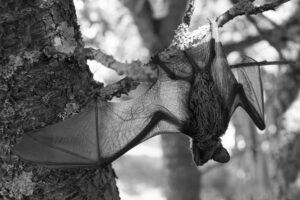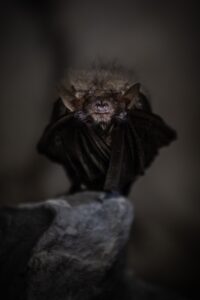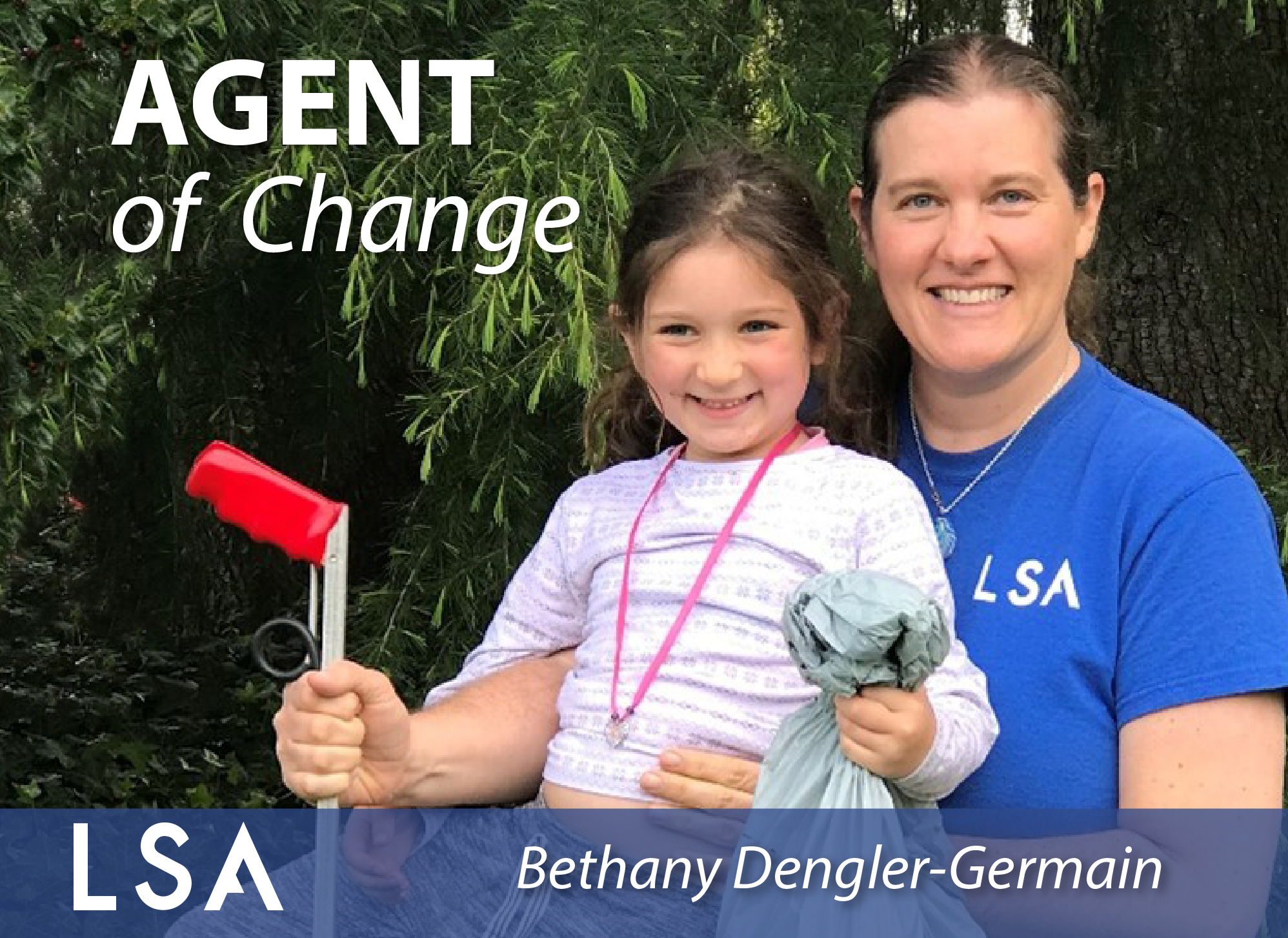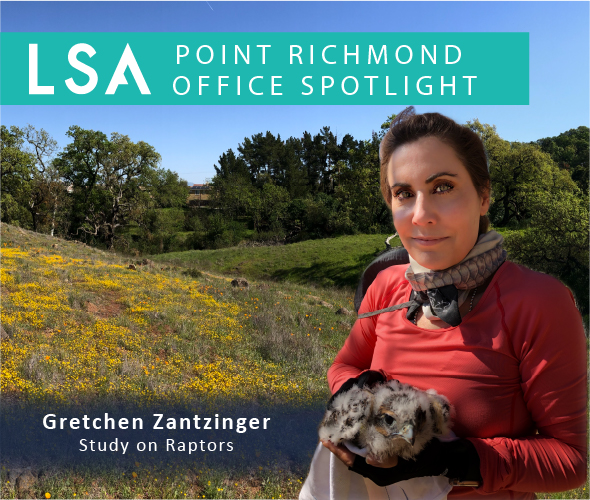Learn more about Carbon Sequestration efforts in rangelands and urban environments while benefiting disadvantaged communities…
Q&A with Jill Carpenter – LSA’s Bat Specialist

What is LSA’s primary role when working with bats?
It depends on what phase a given project is in. If we are in the planning phase, our primary role is performing focused surveys for bats and then designing mitigation strategies if bats are present. Sometimes a Bat Protection Plan is prepared that outlines these strategies, and typically there is a fair amount of coordination with the California Department of Fish and Wildlife if there are maternity colonies. The strategies can vary from seasonal avoidance of activities to humane exclusion and installation of alternate roosting habitat. During preconstruction and construction phases, our role shifts to implementing those strategies, including construction monitoring of bat colonies if needed.
primary role is performing focused surveys for bats and then designing mitigation strategies if bats are present. Sometimes a Bat Protection Plan is prepared that outlines these strategies, and typically there is a fair amount of coordination with the California Department of Fish and Wildlife if there are maternity colonies. The strategies can vary from seasonal avoidance of activities to humane exclusion and installation of alternate roosting habitat. During preconstruction and construction phases, our role shifts to implementing those strategies, including construction monitoring of bat colonies if needed.
What is involved in doing focused surveys for bats?
 The first part is assessing the project area to see if there is any roosting habitat for bats. If there is suitable habitat, we follow up with nighttime surveys. Since we humans can’t see or hear bats, LSA has specialized equipment to maximize the defensibility of the surveys: military-grade night vision goggles (which are just as cool as they sound) to see the bats as they fly out of the roost, and ultrasound detectors (also called acoustic detectors or “bat detectors”) to record the echolocation calls of the bats as they fly around within the project area. These echolocation calls can be analyzed later to identify species that are present.
The first part is assessing the project area to see if there is any roosting habitat for bats. If there is suitable habitat, we follow up with nighttime surveys. Since we humans can’t see or hear bats, LSA has specialized equipment to maximize the defensibility of the surveys: military-grade night vision goggles (which are just as cool as they sound) to see the bats as they fly out of the roost, and ultrasound detectors (also called acoustic detectors or “bat detectors”) to record the echolocation calls of the bats as they fly around within the project area. These echolocation calls can be analyzed later to identify species that are present.
What is your favorite aspect of working with bats?
Bats are a fascinating and diverse group of animals. Most people don’t realize that we have 26 species in Southern California! Because there is no “one size fits all” approach to bat mitigation, every project is different, and I really enjoy the problem-solving process and working with project teams to develop minimization and mitigation strategies that are based on best available knowledge and are best suited to the species involved. Bats are also tremendously misunderstood, and I really enjoy sharing my knowledge with people.
 What are a few bat monitoring projects that LSA has worked on that stand out to you?
What are a few bat monitoring projects that LSA has worked on that stand out to you?
The main project that stands out involved a collaboration with Caltrans [the California Department of Transportation], the San Bernardino County Transportation Authority, and the California Department of Fish and Wildlife on a study looking at factors associated with successful alternate bat roosting habitat mitigation for bridge projects. We monitored the population at a bridge over the Santa Ana River quarterly for 3 years and installed temperature data loggers in two types of alternate roosting habitat. We learned several things from that study, the most important takeaway being that site selection for alternate roosting habitat on a given bridge heavily influences the thermal stability and is therefore an important factor to consider when mitigating for a maternity roost versus a migratory or overwintering roost site.



